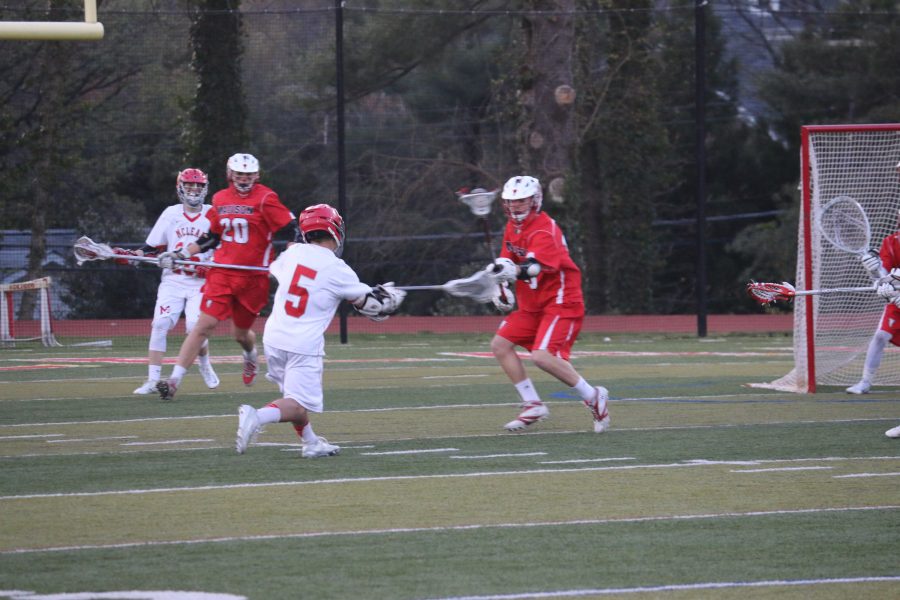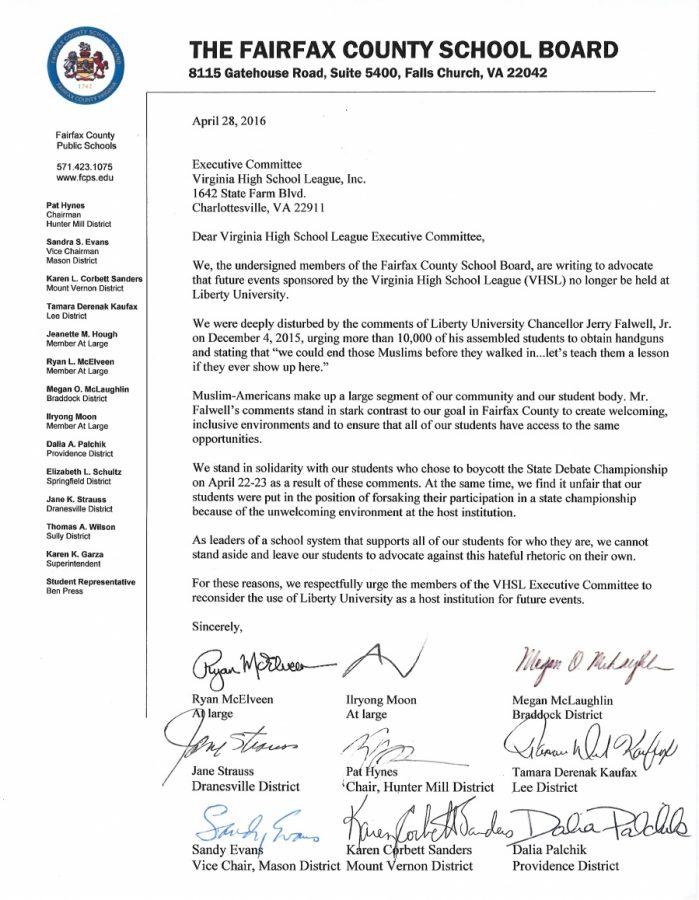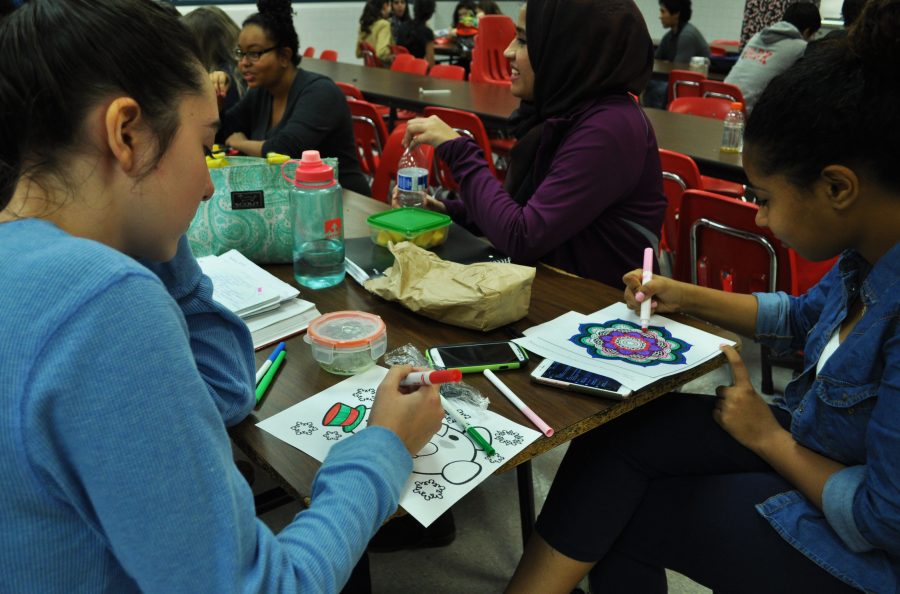It’s test day. Students nervously tap their pencils, waiting for the teacher to pass out the papers. After receiving the test packet and the Scantron, they sigh, ready to take the test. But to their desks comes another sheet of paper, bright and colorful, which says, “On my honor, I have neither given nor received help on this work”: the Honor Code.
Though not all teachers do, social studies teacher Maggie Tran, English teacher Alan Munaker, science teacher Wayne Smith, and mathematics teacher Karla Freeman are some of the many teachers that utilize the Honor Code print-outs.
“None of my teachers this year use them,” senior Emily Glissman said. “But in the past, I did when I had [mathematics teacher] Nicole Dulmes and [science teacher] Sherry Sherman, for instance.”

The practice has been a reminder to students of one of McLean’s important values: honor. Through the handout, teachers can easily promote honesty and integrity. It’s also a tool for testers, too, as a Scantron and test coverer, which would discourage surrounding students from cheating on other’s work.
“No one really uses them [for that purpose] though,” junior Soobin Wang said.
Unfortunately, the print-out has been utilized as another tool for cheating. Numerous students witnessed fellow peers writing math formulas or historical dates on the paper before starting. Test-takers of the day, then, have the opportunity to use the written facts for their advantage.
“In my history class, I know some guys who write notes to each other during tests by switching their Honor Code papers,” said one student, who preferred to remain anonymous. “They think that she [the teacher] won’t notice since both are neon orange and stuff.”
The Honor Code sheet makes the Code seem overrated, furthermore. It is apparent that students do not take either the sheet or the Code itself seriously. There were many incidenceswhen the sheets given to students had the letter Ns in “neither” and “nor” scratched out, leaving the statement to read, “I have either given or received help on this work.”
“They aren’t really effective. They’re a hassle,” Wang said.
Thus, these visually-appealing neon sheets of paper are a waste of ink and paper. Their purpose, to promote honor and honesty during testing, has been superficially executed, leading students to view the Honor Code less significantly than they should be.
“This year for several classes, I have to put my backpack and all of my things at the front of the room, which I believe helps discourage cheating,” Glissman said. “But in the end, it is up to the student to make the moral decision of whether or not to cheat.”
This is one of the many alternatives students suggest to promote the Honor Code and another Honor Code policy that should be established school-wide.
“If teachers really want to prevent cheating, get trifold boards like they do for AP exams,” Wang said.
Instead of passing out the useless papers, too, all teachers should be required to make students write the Honor Code and sign on it on all turned-in work. There are definitely substantial ways to encourage honesty among testers, but these print-outs aren’t one of them.








